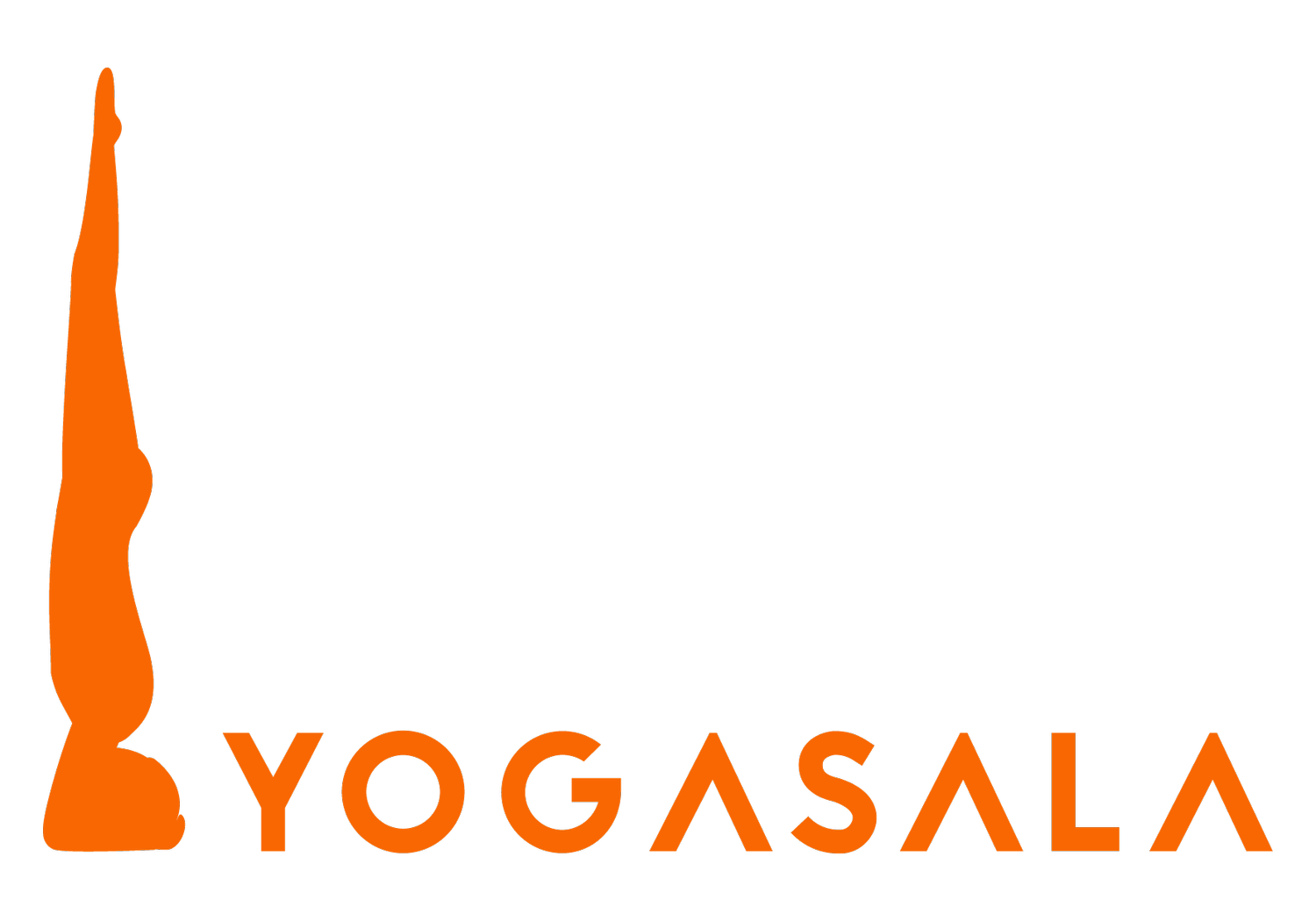Rehabilitation aid for back sufferers
Proposal
Take into account the particularities of your situation (type of back pain, medical history, etc.)
Put different postures and adaptations within your reach and evaluate their effects
Define a work protocol (correction of habits, exercises, class yoga, ...)
Prepare your introduction at class if appropriate
My personal situation
I suffered for a long time and ended up returning to my first youth after an accident (Herniated Disc Expulsion Descending with paralysis of the flexor of the foot).
I have recovered perfectly, thank you.
From this journey where I searched and wandered a lot (and learned a lot), I remember that
For someone suffering from back pain, it's often difficult to get a clear idea of the treatment (doctor, physiotherapist, osteopath, surgeon, kinesiologist, etc.) or even the cause. Don't despair at this lack of clarity...
a multi-dimensional approach is required: exercise of the body (recommendations and precautions regarding yoga postures), recommendations outside class, development of proprioception and interoception, etc.
an appropriation of the "treatment": through your particularities, I will guide you in a scheme of hypotheses and prosperoitions of taking in hand: this work is a work where your feedback from session to session is esseential...
My "training
Self-taught, follower of the Stuart Mc Gill (see Waterloo's Dr. Spine, Stuart McGill) and/or Mc Kenzie approach and, for 3 years, assistant in the therapeutic class of Willy Bok, Brussels' most intensive Iyengar teacher and former physiotherapist. Training in myofascial treatments by Tom Myers.
My credo
Back problems are multi-factorial and can involve postural elements, muscular coordination, daily habits...
Let's add that the re-education/transformation of these elements probably takes place over periods of 1 month, 1 year with a minimum of assiduity. And so, prolonging this or these particular class with a public class is one of the optoins that will make it possible to play over time...
On the other hand, simple modifications to your activity regime can have major effects: this has happened to several people who have consulted me.
Each person is unique...
Yoga, by default, engages in a transformation of the body, and has a few more chances than physiotherapy exercises of settling permanently into everyone's life.
We will therefore define together a "diagnosis" or hypothesis to be tested (your feedback is crucial) & the exercises (and adaptations) aimed at changing your situation.
Please note that this in no way means that you shouldn't consult a doctor, then a physiotherapist: quite the contrary.
Rehabilitation assistance
I am not a therapist and would like to be put in touch with your physiotherapist or doctor or osteopath to follow these recommendations and discuss them if possible.
Protocol
For people out of crisis: special monitoring and insistence on incorporating protective measures
1 or more class
Optional: postural treatment (see here)
For people in crisis (at class - 2 to 4) - according to Stuart McGill's protocol:
2 to 6 class
Verification of diagnosis and protocol development
Several "provocative" tests
Application of pain-free stabilization exercises (Positive Slope of Progress)
Strengthening (stabilization program) and then learning to simplify the postures required to reach a class public area.
Optional: performance restoration for practitioners of the body (athletes, manual trades or aficionados).
